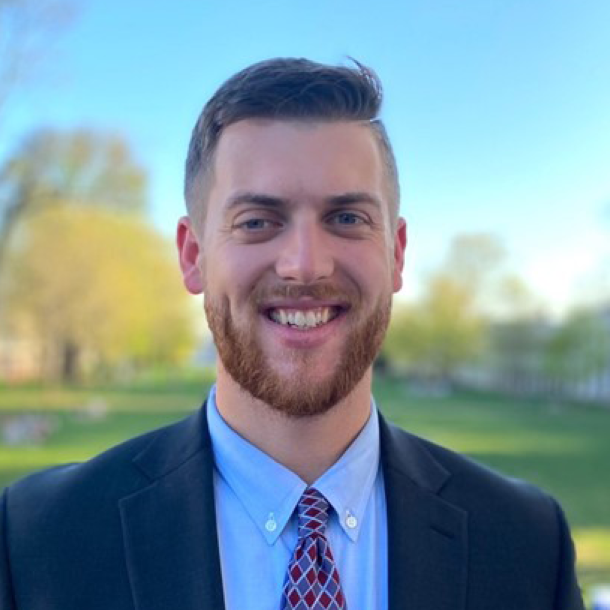Support Rural Emergency Medical Services

Author

Owen Hart
Upcoming Events
Related News
ACTION NEEDED:
Urge policymakers to support targeted investments and reforms to strengthen rural Emergency Medical Services (EMS) in counties across the United States. Immediate action is necessary to ensure that rural communities have access to timely and effective emergency medical care.
BACKGROUND:
Emergency Medical Services (EMS) are a vital function of county government, providing emergency medical care and transportation to both residents and visitors who experience sudden or serious trauma or illness. EMS providers play a critical role in the healthcare infrastructure of rural areas, delivering life-saving care to residents in remote and underserved communities.
In many rural counties, EMS providers may be the sole source of guaranteed medical care for residents. Despite the crucial role they play in providing essential healthcare services, rural EMS agencies encounter significant challenges that can hinder their effectiveness and fiscal sustainability. These challenges include:
- Funding Shortfalls: Rural EMS agencies often rely on a patchwork of funding sources, including local taxes, billing revenue and grants. The lack of consistent and adequate funding makes it difficult to maintain operations, purchase necessary equipment and recruit and retain a skilled workforce. This challenge is exacerbated in rural counties with limited tax bases.
- Inadequate Reimbursement Rates: Low Medicaid and Medicare reimbursement rates leave rural EMS financially strained, covering only a fraction of service costs. This forces providers to shift expenses to taxpayers, patients and insurers, often resulting in double taxation. In the worst cases, EMS providers may cease operations in rural areas altogether.
- Workforce Shortages: Many rural EMS agencies struggle to recruit and retain qualified staff due to lower wages and limited career advancement opportunities relative to urban areas. Many rural EMS services rely on volunteers to fill key workforce needs, a particular challenge as volunteerism continues to decline in both urban and rural communities
- Geographic Barriers: Vast distances and challenging terrain in rural areas lead to longer response times, reducing positive outcomes for medical emergencies.
- Rural Hospital Closures: Since 2005, 195 rural hospitals have closed across the United States, further straining the limited resources of rural EMS providers and increasing response times due to reduced access to critical healthcare facilities. As a result, EMS providers face a more significant burden of care for residents and visitors across a wider geographic area.
POLICY RECOMMENDATIONS:
- Increase Reimbursement Rates: Increase EMS provider reimbursement rates from Medicare, Medicaid and the Department of Veterans Affairs and permanently implement COVID-19 era reimbursement to rural EMS providers for delivering Treatment in Place (TIP) and Transport to Alternative Provider (TAP) services.
- Expand Workforce Development Programs: Establish programs to recruit, train and retain EMS personnel in rural areas, including loan forgiveness initiatives, scholarship opportunities, streamlined certifications and career advancement pathways tailored for rural healthcare workers.
- Improve Regulatory Flexibility: Simplify and streamline state and federal regulations to reduce administrative burdens on rural EMS agencies, allowing them to focus on delivering high-quality care to their communities.
KEY TALKING POINTS:
- Rural EMS is a critical function of county governments. Rural EMS providers are often the sole guaranteed provider of medical care for residents in remote and underserved communities, ensuring timely and life-saving emergency response and transportation.
- Rural EMS agencies contend with vast distances, challenging terrain, and the impact of rural hospital closures, which increase response times and strain already limited resources.
- Key county priorities include increasing Medicare, Medicaid and Department of Veterans Affairs reimbursement rates for EMS services, expanding workforce development programs and improving regulatory flexibility to enhance the delivery of emergency medical care in rural communities.
Related News

U.S. House reintroduces legislation to address the Medicaid Inmate Exclusion Policy
Two bipartisan bills aimed at addressing the Medicaid Inmate Exclusion Policy (MIEP) were recently reintroduced in the U.S. House of Representatives.

House E&C Committee advances SUPPORT Act reauthorization
On April 9, the U.S. House Energy and Commerce Committee marked up the SUPPORT for Patients and Communities Reauthorization Act of 2025. The bipartisan bill aims to reauthorize critical programs that target overdose prevention amid the renewal of the opioid crisis Public Health Emergency declaration.

Bird flu update: What county leaders should know
As of April 7, there have been 70 confirmed cases of bird flu in the United States, but no person-to-person spread has been detected.